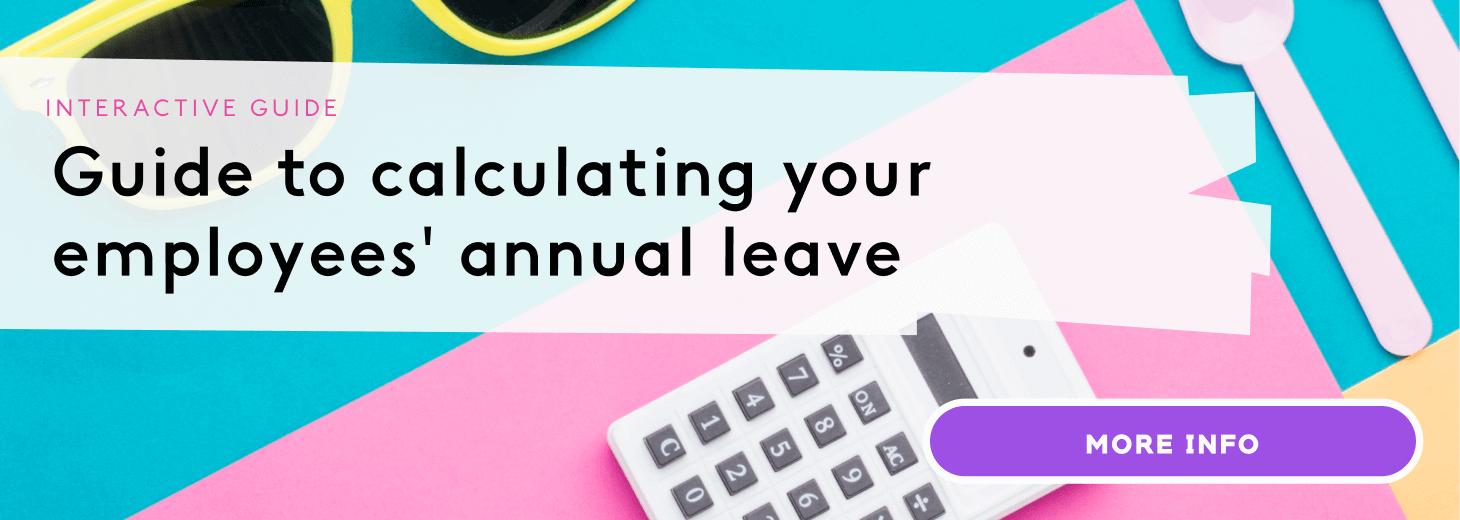What you need to know about time and attendance law

Employers across Europe are now obliged to track their employees’ time and attendance following a ruling by the European Court of Justice (ECJ) on May 12, 2019.
And the fact is, it overrides all other national laws of each member state, irrespective of what existed before.
So, what does this mean for HR professionals and companies in your country? In this article, we summarise the main points of this legislation and explain how it affects companies in the UK, Spain, and Germany.
What does the time and attendance law say?
European law states that no employee should work more than 48 hours a week and are entitled to an 11-hour break every 24 hours. In some cases, employees have the option to opt-out if they choose.
The ECJ ruling of 2019, known as the Working Time Directive, followed a Spanish lawsuit named Federación de Servicios de Comisiones Obreras (CCOO) v Deutsche Bank SAE (DB SAE). A number of trade unions brought the action against the employer, seeking a declaration that the employer had the obligation of recording the actual amount of time worked each day to protect the employees’ rights.
As a result, the ECJ ruled that member states must oblige employers to set up a system for the daily recording of working time.
- The system should be objective, reliable and accessible, and measure the duration of time worked each day.
- It should record all hours worked, including overtime, to ensure that employers are complying with minimum daily and weekly rest periods, as well as help resolve potential disputes.
- Employees must be able to access this system to keep track of their own working hours and ensure their rights.
As we mentioned before, this European directive overrides any other national laws. Nevertheless, EU member states ultimately have to amend their national laws accordingly. Not all have done so, however, so let’s look at the situation in three different European countries today.
Time and attendance laws in Spain
Spain amended its labour laws with a decree on March 8, 2019, in line with the EU ruling. One of its main aims was to get tough on unpaid overtime. According to this article in El País, Spanish workers were thought to have worked as many as 3.5 million extra hours per week, at its peak in late 2015.
Article 34.9 of the country’s Worker’s Statute was amended and enforced on 12 May 2019, and stated: “the company must guarantee the daily recording of working hours, including the start and finish times of every employee, without prejudice to any flexible working arrangements.”
The law also states that:
- All organizations must store these time and attendance records for at least four years.
- All records must be made available to employees and unions.
- Employees must have access to these records and during their working day.
- Unions must be made aware of employees’ overtime hours every month (whenever a union representative is in place).
There is no question, then, that all Spanish companies, big or small, must have a time and attendance system in place. And to ensure that they comply with the law, random inspections can take place which can result in fines of up to €6,250 in the case of non-compliance.
Some professions are exempt from having to register their start and finish times, such as company directors, professional sportspeople, lawyers and the self-employed, to name a few.

Time and attendance law in Germany
Like other European countries, the German Working Time Act states that employees can work a maximum of 8 hours a day and 48 hours a week. And prior to the EU directive, recording time and attendance in Germany was only obligatory for overtime that exceeded these limits.
German employment law also forbids employees to work more than 10 hours per shift and insists they must have a rest break after working for 6 hours.
Having said that, Germany has not yet amended its national laws in line with the ECJ ruling. German law still only obliges employers to record overtime hours. The German Working Time Act will certainly need to be amended, although the content and timing have yet to be confirmed.
How all this will affect working life in Germany in practice remains to be seen. One thing is clear though: sooner or later all employers will have to implement time and attendance systems to comply with European law if they haven’t already done so.
Time and attendance in the UK
Whilst the UK is technically a member of the EU, the country is still subject to its laws. That also includes the ECJ ruling of 2019. Nevertheless, the UK government has not yet changed its laws accordingly. The impact of Brexit will determine how the UK will define whether it will change its employment laws in the future.
All national laws referring to time and attendance in the UK are governed by the Working Time Regulations. Employees cannot work more than an average of 48 hours a week unless they have agreed to “opt-out”, or do a job not covered by the law on working hours.
Independent body, ACAS (Advisory, Conciliation and Arbitration Service), gives simple and clear guidance on how working hours are defined and calculated.
So, do you need to record time and attendance in the UK?
The simple answer at the current time is yes. The law does stipulate that employers have the obligation to “adequately show” that working time (including overtime) does not exceed the set limits for:
- Workers who have not “opted-out”, to prove they do not exceed an average of 48 hours a week.
- Workers who have “opted-out” of the 48-hour limit.
- Night workers, to show that they to do not work more than an average of 8 hours within any 24-hour period.
However, the definition of “adequately show” is not as detailed as in the EU directive. UK law doesn’t oblige employees to clock-in and clock-out at the start and finish of their working day. Employers are only obliged to show weekly totals and not rest breaks and rest periods.
In the meantime, before the outcome of Brexit is clear, UK employers would be well advised to implement a time and attendance system to defend themselves from future claims, should UK requirements change suddenly.
The rise of remote working
Regardless of the country you live in, remote working is a growing trend that has rapidly accelerated during the COVID-19 crisis. Companies are being forced to adapt to managing their employees from home. You can learn more about adapting to home working in our ultimate guide to remote work.
Legislation aside, it’s now more important than ever to ensure that you have systems in place to manage employees at a distance. It’s essential to ensure a good flow of communication and record staff working hours to maintain productivity levels. On the other hand, employers also have the responsibility of ensuring that staff aren’t doing too much overtime to preserve their health and well-being.
The case for adopting a remote-friendly time and attendance system is therefore clear. The question is, how do you go about it?
Time and attendance systems: which one should you choose?
Time and attendance systems have been around for years and range from traditional signed Excel templates and physical clock-in machines, right through to the modern cloud-based software and biometric systems that are more popular today.
If you’d like to read more about these, this article covers the different types of time and attendance systems in more detail.
But in a nutshell, if you’re looking for a system that will meet the needs of the modern organisation, however big or small, then a physical Excel template or clock-in machine will no longer be effective. This is especially true if you have remote workers or staff that spend much of their time out of the office.
And as HR departments move increasingly closer to digitisation, it makes much more sense to opt for a time and attendance software that offers you features to make your life easier and ensure a smooth workflow:
- Clock-in and clock-out features.
- Cloud-based technology that can be accessed from anywhere via a computer, tablet, or a mobile phone app.
- Personalised reporting to obtain detailed information.
- Absence and leave management features.
- Integration with biometric systems.
- Intuitive and user-friendly design.
- Integrations with calendars and messaging apps, etc.
- Notifications and alerts.
- A system that can grow with you when you need it most.
Discover the Kenjo all-in-one HR platform
Kenjo offers you time and attendance features that help you comply with legislation and to look after your employees’ well-being. It’s also a modular system that gives you the choice of adding more features as and when you need them.
Keeping track of employees’ working hours will be so much simpler so that you can focus on what’s more important: people. And you’ll have all the information you need at your fingertips, to help make better decisions for your organisation. Try it for FREE for 14 days.


